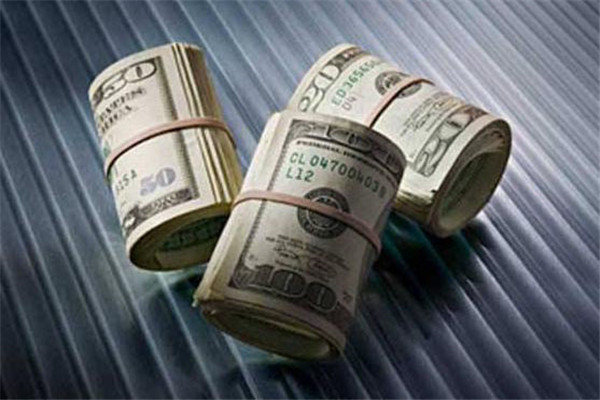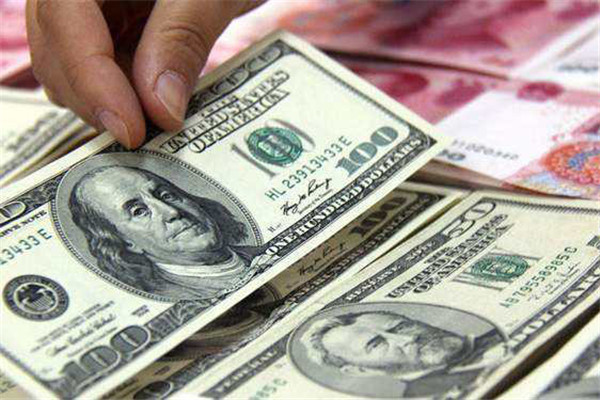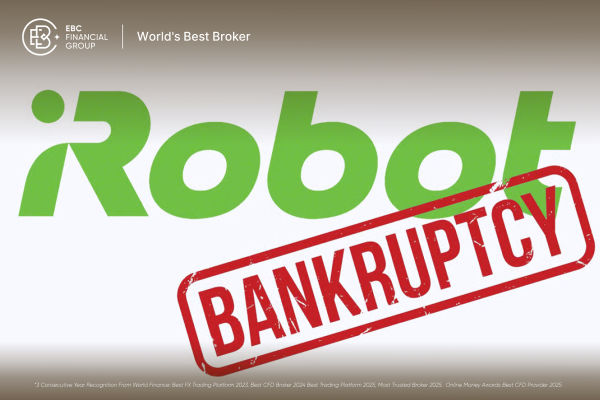Interest rate swaps and currency swaps are common derivative contracts in the
financial market used to manage and transfer interest rate and currency
risks.
Interest rate swaps are swaps between debts of the same currency, while
currency swaps are swaps between debts of different currencies. The two parties
involved in currency exchange are currencies, and their respective debt and debt
relationships have not changed. The initial exchange rate is calculated based on
the agreed spot exchange rate. The purpose of currency swaps is to reduce
financing costs and prevent losses caused by exchange rate fluctuations.
They also carry certain risks themselves.
The risks of interest rate swaps include the following aspects:
1. Interest rate risk
The core of interest rate swaps is to exchange payment flows at fixed and
floating interest rates. If the actual market interest rate does not match
expectations, one party will face the risk of changes in payment amounts. For
example, if the fixed interest rate is higher than the market interest rate, the
party receiving the floating interest rate may need to pay more interest.
2. liquidity risk
If one party needs to terminate the transaction in advance or transfer the
contract to other investors during the contract period, it may face liquidity
risk. Because the interest rate swap market is provided with liquidity by
counterparties, without sufficient buyers or sellers, trading may be
difficult.
3. Credit risk
Both parties involved in interest rate swaps may have credit risks, meaning
that one party is unable to fulfill contractual obligations. If one party
defaults or goes bankrupt, the other party may not be able to receive the
payment they deserve.
The risk of currency swaps also has similar aspects.
1. Exchange rate risk
Currency swaps involve the exchange of different currencies, so exchange rate
fluctuations may cause losses to both parties involved in the transaction. If
one party's local currency depreciates, the other party may need to pay more
local currency.
2. Liquidity risk
Similar to interest rate swaps, if one party needs to terminate the
transaction or transfer the contract in advance, it may face liquidity risk.
Because the currency swap market also requires sufficient buyers and sellers to
provide liquidity,
3. Credit risk
There is credit risk for both parties involved in currency swap transactions,
especially in long-term contracts. If one party fails to fulfill its contractual
obligations or breaches the contract, the other party may not be able to receive
the payment it should have.
In order to manage these risks, both parties to the transaction usually take
various measures, such as regularly monitoring market risks, establishing
appropriate risk management strategies, and selecting reliable counterparties.
In addition, contracts can also include specific terms and conditions to manage
risks and ensure the smooth progress of transactions. Both parties to the
transaction should fully understand and evaluate these risks, develop
appropriate risk management strategies, and seek professional advice when
necessary.
Disclaimer: Investment involves risk. The content of this article is not an investment advice and does not constitute any offer or solicitation to offer or recommendation of any investment product.


























